The U.S. market has always been an attractive yet highly challenging destination for Vietnamese agricultural products. To succeed in exporting agricultural products to the US., businesses need not only high-quality products but also strict compliance with the agricultural export standards set by U.S. regulatory agencies. Understanding these regulations is the key for Vietnamese agricultural products to overcome technical barriers and gain deeper access to one of the most demanding markets in the world. Let’s explore this topic with Viot Minh Trang.
Standards for Exporting Agricultural Products to the US 2025
Despite its great potential, exporting agricultural products to the U.S. presents significant challenges for Vietnamese enterprises:
A Demanding Market with High Standards
U.S. consumers have extremely high expectations for product quality, food safety, and sustainability. Importers and major retail chains often impose their own standards, which can exceed even those mandated by the government.
Strict Non-Tariff Barriers
Non-tariff barriers such as plant and animal quarantine, regulations on pesticide residues, chemical and microbial contamination, and strict labeling requirements are major obstacles. Non-compliance may result in shipments being denied entry, destroyed, or returned.
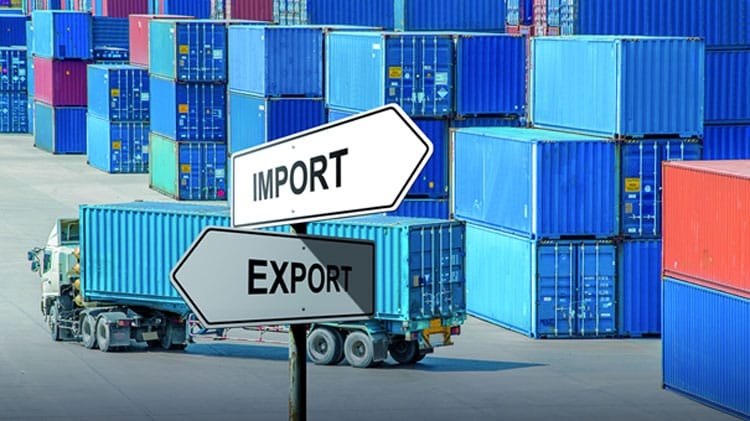
Strict Non-Tariff Barriers
Stringent Traceability Requirements
Traceability from farm to table is increasingly emphasized. U.S. importers demand full transparency across the entire supply chain to ensure product safety and quality.
Fierce Competition
The U.S. agricultural market is highly competitive, with suppliers from all over the world. To survive and grow, Vietnamese agricultural products must offer competitive advantages in quality, pricing, and compliance with standards.
Constantly Evolving Regulations
Import regulations for agricultural products in the U.S., especially those related to food safety, are frequently updated. Businesses must continuously monitor these changes and promptly adjust their production, processing, and quality control procedures to stay compliant.
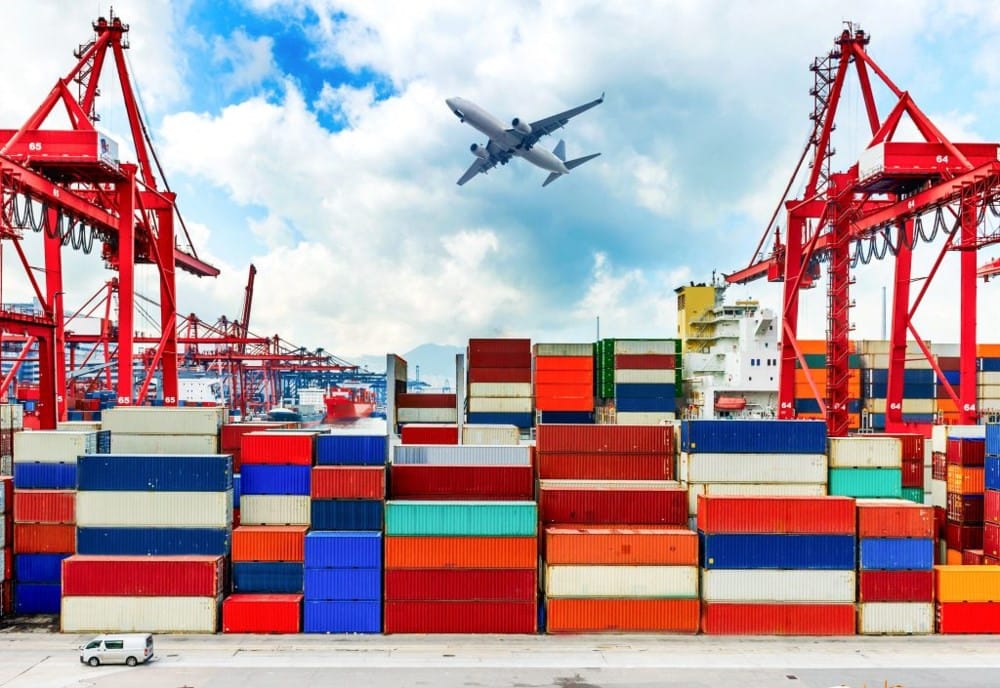
Constantly Evolving Regulations
See now:
Top 5 main agricultural export products bringing USD rate to Vietnam
Export Standards for Agricultural Products to the U.S.
To succeed in exporting agricultural products to the United States, Vietnamese businesses must pay close attention to and strictly comply with export standards set by U.S. government agencies:
Regulations from the U.S. Food and Drug Administration (FDA)
The FDA is the primary agency responsible for ensuring the safety of most food products imported into the United States.
- Food Safety Modernization Act (FSMA): This is a core legislation that shifts the focus from reactive measures to preventive controls. FSMA includes several key rules:
- Preventive Controls for Human Food (PC for Human Food): Requires food facilities that manufacture, process, pack, or hold food for consumption in the U.S. to implement a comprehensive food safety plan. This includes hazard analysis and risk-based preventive controls to mitigate identified risks.
- Foreign Supplier Verification Programs (FSVP): U.S. importers are legally responsible for verifying that their foreign suppliers (such as Vietnamese exporters) are producing food that meets U.S. safety standards, equivalent to those under preventive controls or the Produce Safety Rule.
- Produce Safety Rule: Applies to growers of fresh produce (fruits and vegetables). This rule establishes science-based minimum standards for the safe growing, harvesting, packing, and holding of fruits and vegetables.
- Preventive Controls for Human Food (PC for Human Food): Requires food facilities that manufacture, process, pack, or hold food for consumption in the U.S. to implement a comprehensive food safety plan. This includes hazard analysis and risk-based preventive controls to mitigate identified risks.
- Facility Registration: All foreign facilities that manufacture, process, pack, or store food for consumption in the U.S. must register with the FDA and renew this registration every two years.
- Labeling and Packaging: Products must comply with FDA’s strict labeling requirements, including:
- Nutrition Facts Panel
- Ingredients list in descending order by weight
- Allergen information
- Name and address of the manufacturer/packer/distributor
- Net weight
- Country of origin
- Nutrition Facts Panel
- Pesticide and Chemical Residues: The FDA and the U.S. Environmental Protection Agency (EPA) jointly monitor pesticide residues. The EPA sets Maximum Residue Limits (MRLs) for pesticides on or in food. Imported agricultural products must comply with these established limits.
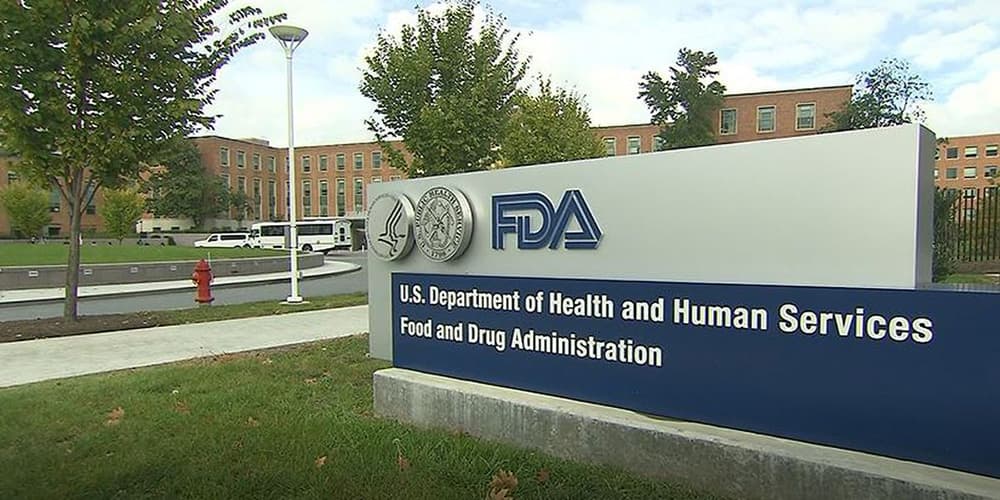
U.S. Food and Drug Administration (FDA)
Regulations from the United States Department of Agriculture (USDA)
The USDA is responsible for agriculture, food, and rural-related matters, including the quarantine of animals and plants.
- Animal and Plant Health Inspection Service (APHIS):
APHIS ensures that agricultural imports do not carry diseases, pests, or harmful organisms that could threaten U.S. agriculture. It requires import permits, Phytosanitary Certificates issued by the competent authority in Vietnam, and in some cases, additional treatments (e.g., irradiation, cold treatment), depending on the type of product and region of origin.
- Organic Standards:
If agricultural products are marketed as organic in the U.S., they must comply with the USDA’s National Organic Program (NOP) standards and be certified by a NOP-accredited certifying body.
- Grading Standards:
Some agricultural products may be subject to USDA’s voluntary grading standards (e.g., Grade A, Grade B), which importers may request to ensure product quality.
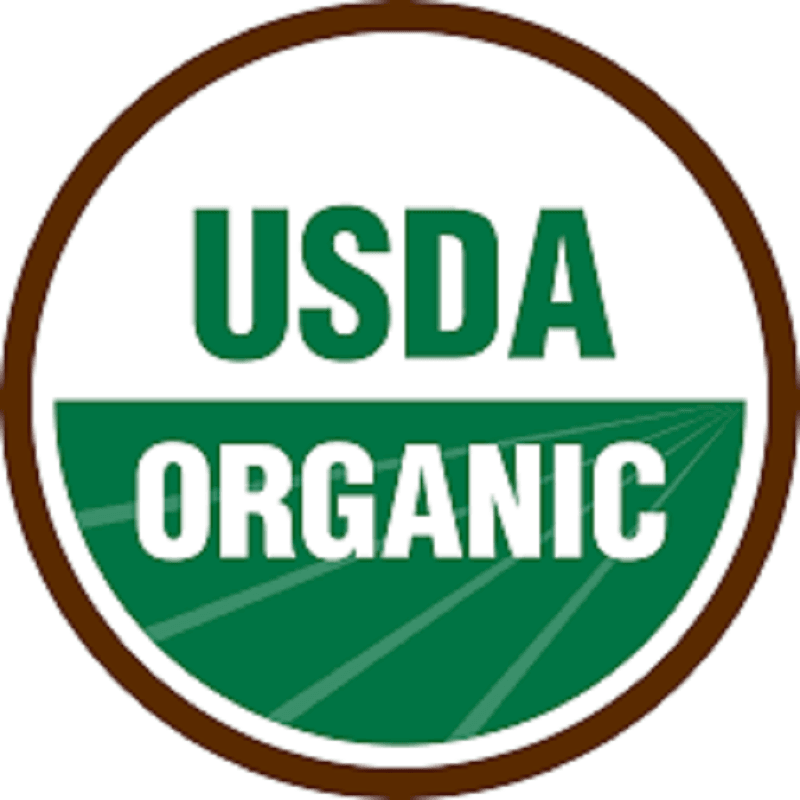
Regulations from the United States Department of Agriculture (USDA)
Regulations from U.S. Customs and Border Protection (CBP)
CBP is responsible for the clearance of goods and the enforcement of U.S. import laws.
- Customs Clearance Procedures:
This includes submitting import declarations, providing required documents (commercial invoice, packing list, bill of lading, specialized permits), and paying any applicable duties and import fees.
- Supply Chain Security:
Programs such as the Customs-Trade Partnership Against Terrorism (C-TPAT) encourage businesses to build more secure supply chains, helping to ensure faster and safer processing at the border.
- Traceability Requirements:
Although traceability is addressed under FSMA and other regulations, the ability to trace a product in detail from farm to consumer is increasingly emphasized. Businesses must have efficient data management systems in place to provide accurate and timely information when requested.
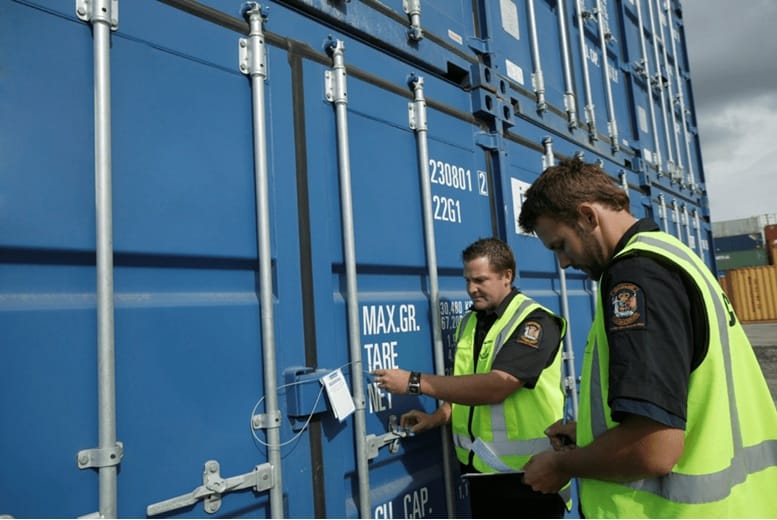
Regulations from U.S. Customs and Border Protection (CBP)
Packaging Standards for Exported Goods
- Packaging Materials:
Materials must be suitable for transport conditions (e.g., humidity, temperature) and must not harm the product or the environment. Wooden packaging materials must comply with ISPM 15 standards (heat treatment or fumigation) to prevent pest infestation.
- Information on Packaging:
In addition to FDA labeling requirements for the product itself, the outer packaging must clearly display information such as product name, quantity, weight, country of origin, barcode (UPC/EAN), and appropriate shipping symbols.

How to Package Export Goods
See now:
Export Packaging Specifications – A Key Factor for Success in the Global Market
VIOT Minh Trang Meets U.S. Agricultural Export Standards
VIOT Minh Trang is committed to delivering high-quality, safe agricultural products that fully comply with the strictest U.S. export standards. We understand that compliance with FDA, USDA, and CBP regulations is the foundation for accessing the U.S. market.
We invest in a sustainable agricultural supply chain—from carefully controlled raw material sourcing areas to modern processing facilities. Viot Minh Trang’s production processes strictly adhere to international standards such as ISO 22000, HACCP, and GMP. Our products are regularly tested for pesticide residues and microbial contamination to ensure compliance with EPA’s Maximum Residue Limits (MRLs) and FDA food safety regulations.
With extensive experience exporting to the U.S. and the capacity to supply large volumes, Viot Minh Trang confidently delivers consistently high-quality products along with complete documentation, including Phytosanitary Certificates and other required paperwork. We stay up to date with the latest U.S. regulatory changes to ensure smooth customs clearance.
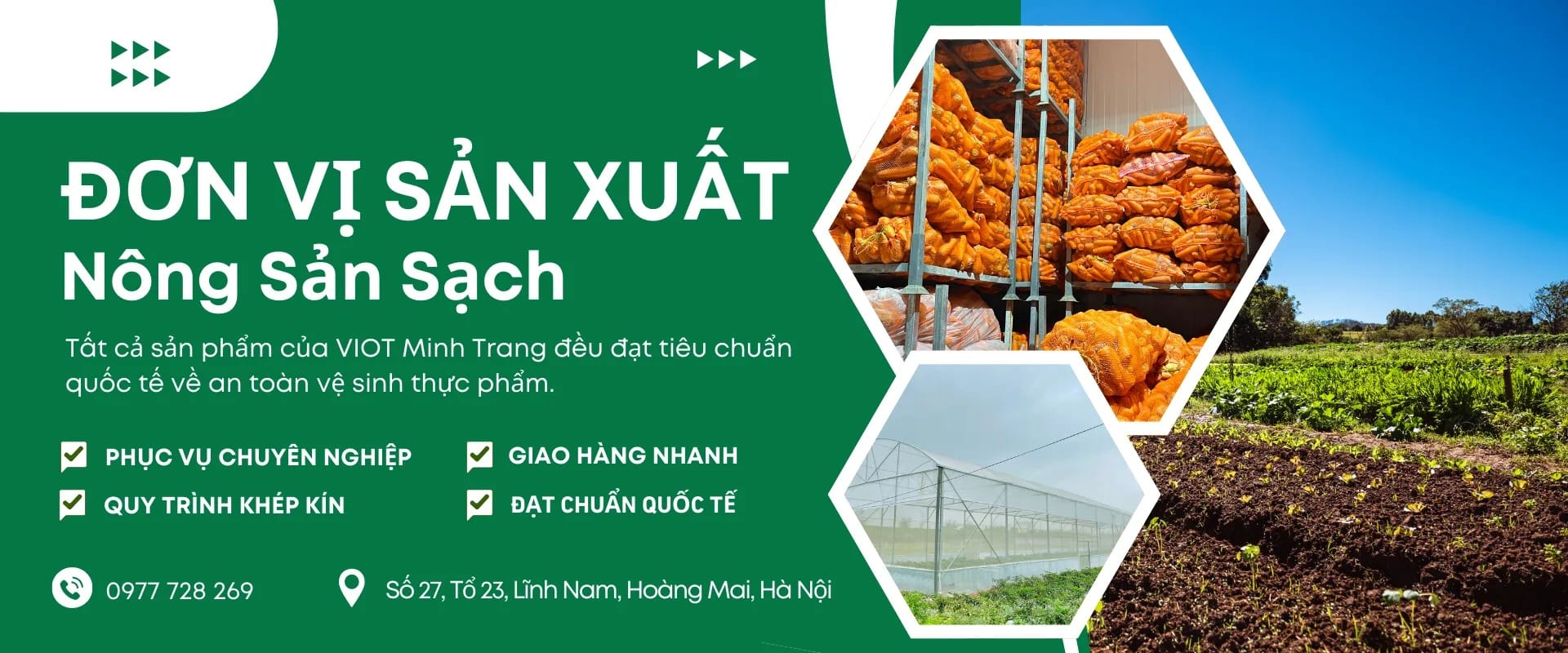
VIOT Minh Trang Meets U.S. Agricultural Export Standards
To successfully export agricultural products to the U.S., Vietnamese businesses must prioritize compliance with export standards. From FDA food safety regulations (especially FSMA), USDA quarantine requirements, to CBP clearance procedures and packaging standards—each element plays a critical role. By investing in quality, ensuring transparency in the supply chain, and staying informed of regulatory updates, Vietnamese agricultural products can absolutely conquer this demanding yet promising market and strengthen their position on the global agricultural map





Tác giả Tưởng Mạnh Biên
Là chuyên gia giàu kinh nghiệm trong lĩnh vực xuất khẩu nông sản. Với nhiều năm làm việc, nghiên cứu và trực tiếp tham gia vào các hoạt động sản xuất, kinh doanh và xuất khẩu nông sản, tác giả chia sẻ những kiến thức chuyên môn sâu sắc cùng các bài học thực tiễn giá trị nhằm hỗ trợ doanh nghiệp.
- Địa chỉ: Số 27, Tổ 23, Lĩnh Nam, Hoàng Mai, Hà Nội
- Email: viotvietnam.vn@gmail.com
- SĐT: 0977 728 269